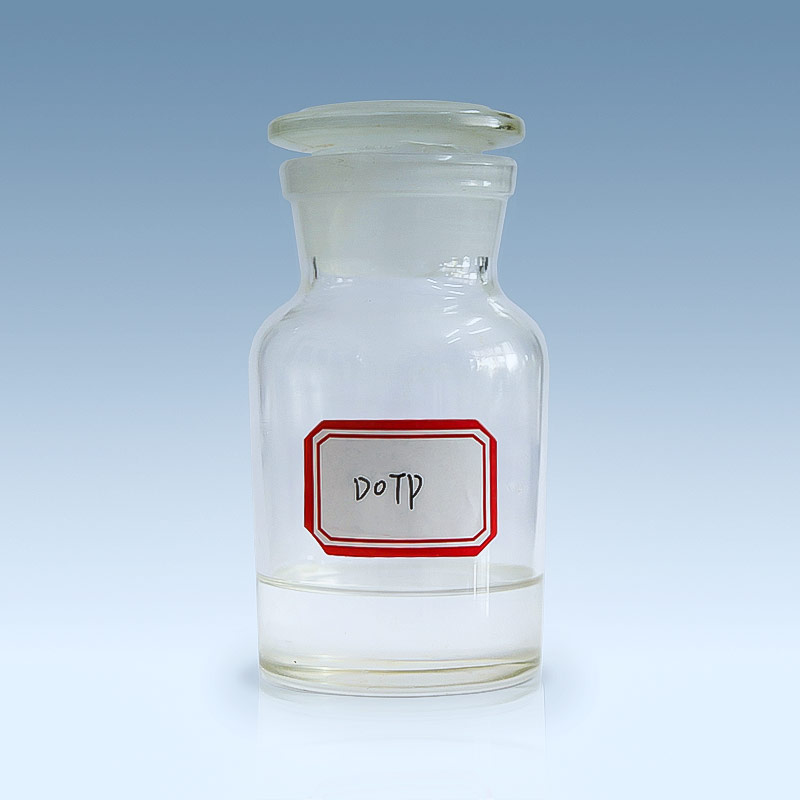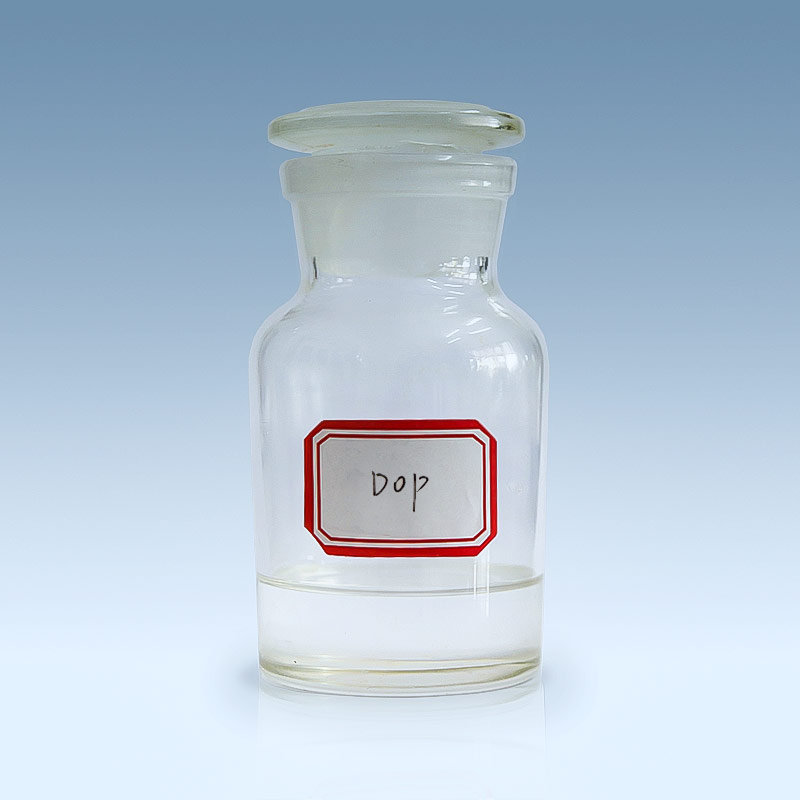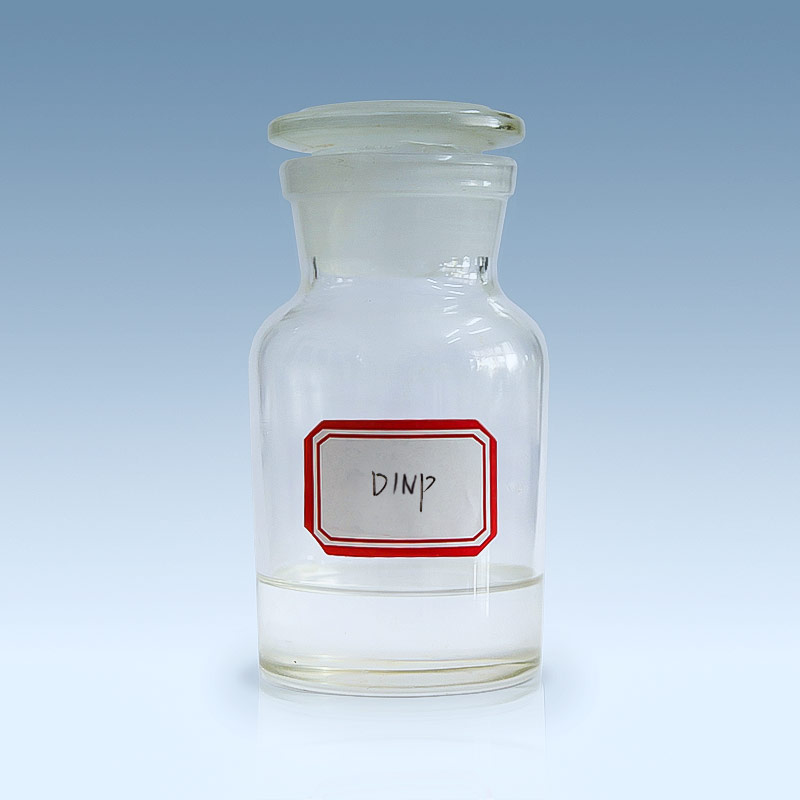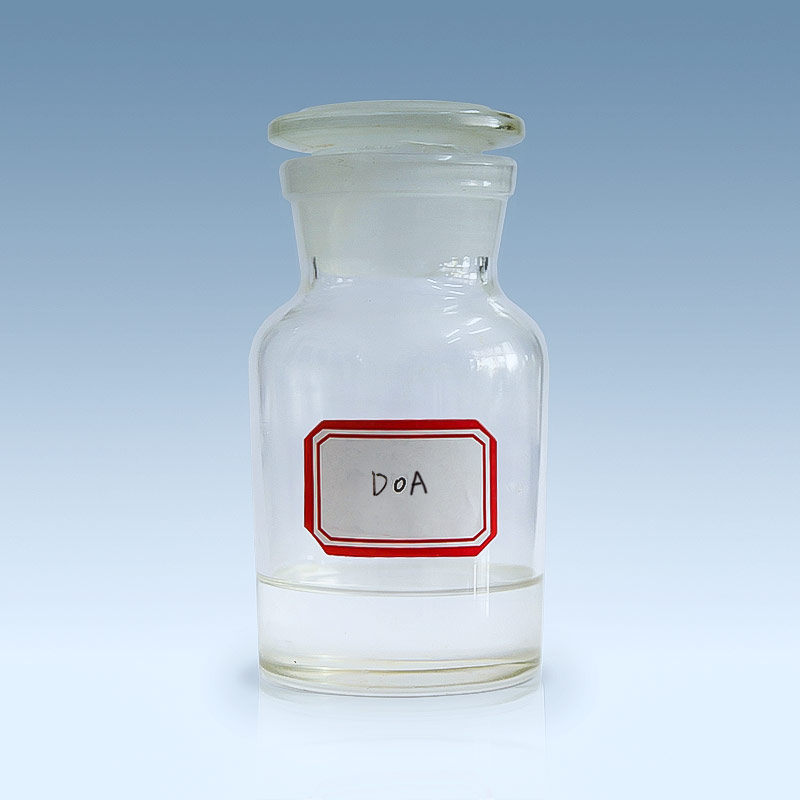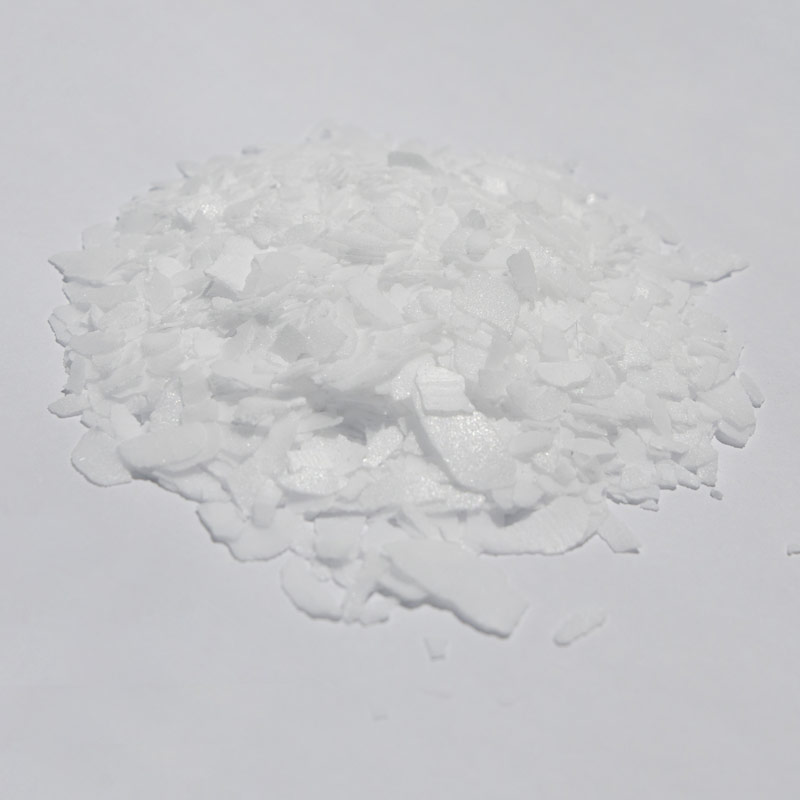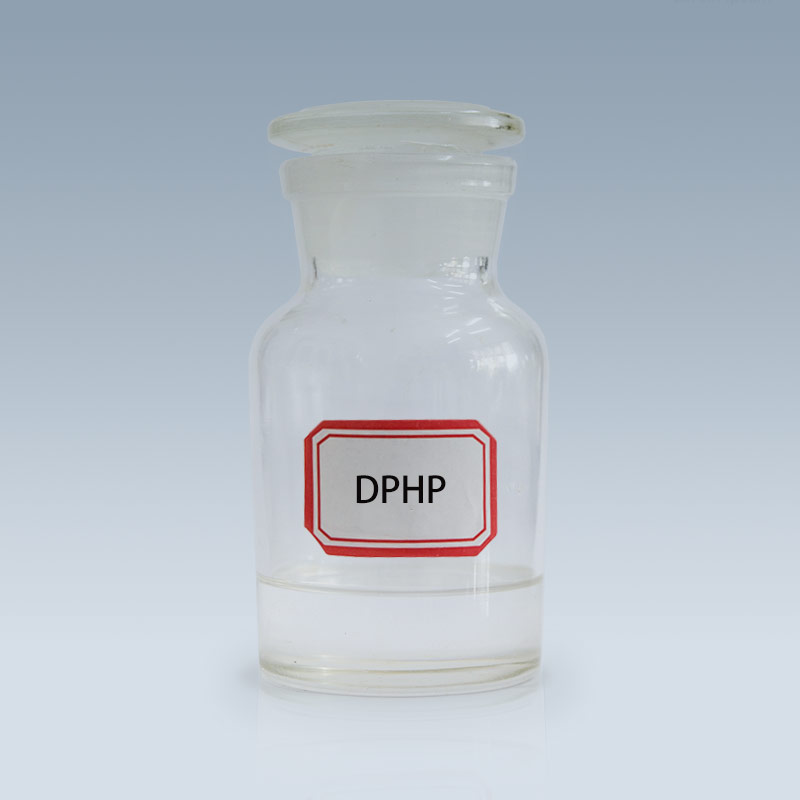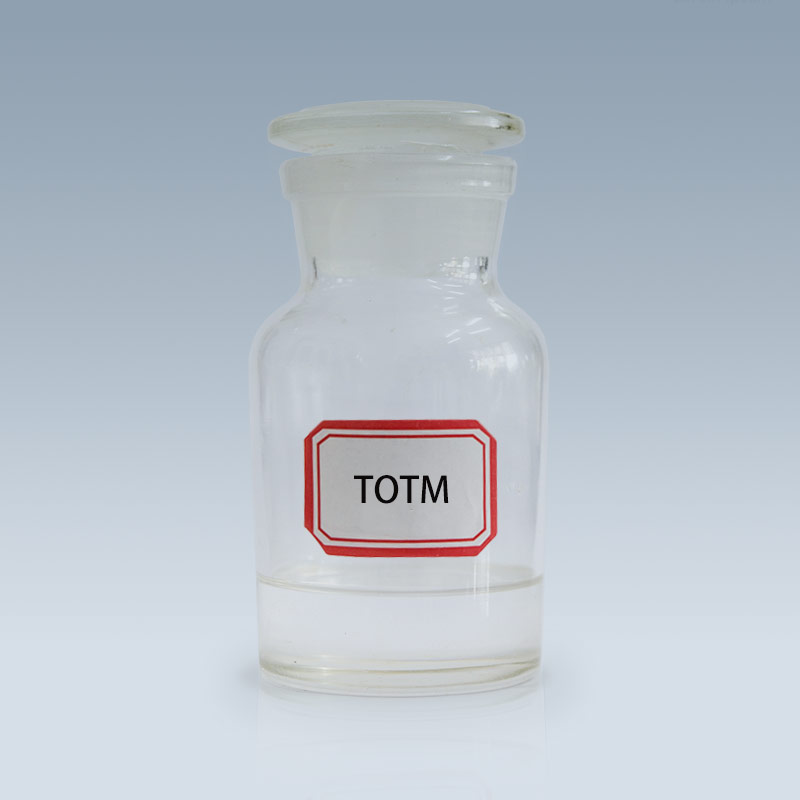Polyvinyl chloride (PVC) is one of the most widely produced and versatile plastics in the world. However, in its pure form, PVC is a rigid and brittle material. To unlock its full potential and expand its applications, plasticizers are incorporated. A plasticizer is an additive, typically a high-boiling-point organic ester, that is mixed with a polymer to improve its flexibility, workability, and extensibility. In the context of PVC, plasticizers fundamentally transform its physical properties, making it soft, pliable, and much more adaptable for a vast range of products.
The Mechanism of Plasticization
The core of PVC's structure consists of long polymer chains. In rigid PVC, these chains are tightly packed and held together by strong intermolecular forces, primarily dipole-dipole interactions due to the polar carbon-chlorine bonds. When a plasticizer is added, its molecules intersperse themselves between these PVC polymer chains. This insertion effectively increases the free volume within the polymer matrix and weakens the intermolecular forces holding the chains together.
This "lubricating" effect allows the PVC chains to move more freely past one another at lower temperatures and with less external force. Consequently, the glass transition temperature () of the PVC is lowered. The is the temperature below which a polymer becomes hard and brittle, and above which it becomes more rubbery and flexible. By lowering the , plasticizers enable PVC to remain flexible and workable at room temperature and even at sub-zero temperatures, depending on the type and concentration of the plasticizer.
Key Functions and Benefits of Plasticizers in PVC
The addition of plasticizers to PVC provides several critical benefits:
-
Increased Flexibility and Softness: This is the most prominent function, allowing PVC to be used in applications requiring bendability, such as cables, hoses, and films.
-
Improved Processability: Plasticizers reduce the melt viscosity of PVC, making it easier to process during extrusion, calendering, injection molding, and other manufacturing techniques. This translates to lower processing temperatures and energy consumption.
-
Enhanced Extensibility and Elasticity: Plasticized PVC can be stretched and deformed without breaking, which is essential for applications like synthetic leather, coated fabrics, and medical tubing.
-
Reduced Brittleness: They prevent the material from cracking or shattering under impact or at low temperatures.
-
Durability and Longevity: By imparting flexibility, plasticizers can contribute to the overall durability and lifespan of PVC products in various environments.
-
Improved Clarity and Surface Finish: In some cases, plasticizers can enhance the transparency and surface aesthetics of PVC products.

Types of Plasticizers Used in PVC
Historically, the most common plasticizers for PVC have been phthalates, particularly di-(2-ethylhexyl) phthalate (DEHP or DOP) and diisononyl phthalate (DINP). However, growing environmental and health concerns have led to a diversification of plasticizer types.
Common categories of plasticizers include:
-
Phthalates: While some high-molecular-weight phthalates (like DINP, DIDP, DPHP) are still widely used, their use in certain sensitive applications (e.g., toys, medical devices) is restricted or being phased out due to potential health effects.
-
Terephthalates: Such as dioctyl terephthalate (DOTP or DEHT), often used as an alternative to phthalates, offering similar performance with a more favorable toxicological profile.
-
Adipates: Such as dioctyl adipate (DOA), known for good low-temperature flexibility.
-
Trimellitates: These are higher molecular weight plasticizers that offer excellent permanence and low volatility, making them suitable for high-temperature applications like wire and cable insulation.
-
Citrates: Often used in sensitive applications like food packaging and medical devices due to their low toxicity. Examples include triethyl citrate (TEC) and tributyl citrate (TBC).
-
Epoxidized Soybean Oil (ESBO): A bio-based plasticizer that also acts as a secondary heat stabilizer in PVC.
-
Polymeric Plasticizers: High molecular weight esters that offer excellent permanence and resistance to extraction, making them suitable for durable goods and demanding environments. However, they are less efficient at plasticizing than monomeric plasticizers.
-
Bio-based and Sustainable Plasticizers: An emerging category focusing on renewable resources, driven by environmental consciousness and regulatory pressures.
The selection of a specific plasticizer or blend of plasticizers depends on the desired properties of the final PVC product, processing conditions, cost, regulatory requirements, and environmental considerations.
Considerations in Plasticizer Selection and Use
Choosing the right plasticizer for a PVC application involves a complex interplay of factors:
-
Efficiency: How much plasticizer is needed to achieve a desired level of flexibility?
-
Permanence: How well does the plasticizer stay within the PVC matrix over time, resisting migration, volatilization, or extraction? This is crucial for long-term performance.
-
Compatibility: The plasticizer must be compatible with PVC, meaning it should mix well and not "bloom" or exude from the surface.
-
Low-Temperature Flexibility: For outdoor applications or those in cold climates, the plasticizer's ability to maintain flexibility at low temperatures is critical.
-
Volatilization: The tendency of the plasticizer to evaporate from the PVC, which can lead to hardening over time.
-
Migration Resistance: The ability of the plasticizer to stay within the PVC and not migrate into adjacent materials, which can cause stickiness, staining, or embrittlement of the PVC.
-
Chemical Resistance: Resistance to oils, greases, and other chemicals.
-
Flammability: Some plasticizers can affect the flammability characteristics of PVC.
-
Toxicity and Regulatory Compliance: Adherence to health and safety regulations, particularly for applications involving contact with humans, food, or water.
-
Cost: Economic viability is always a significant factor in industrial applications.
In conclusion, plasticizers are indispensable components in the vast majority of PVC formulations, transforming an inherently rigid polymer into a highly versatile and adaptable material. Their careful selection and precise incorporation are paramount to achieving the desired performance characteristics and ensuring the longevity and safety of countless PVC products that are integral to modern life.



 English
English 中文简体
中文简体